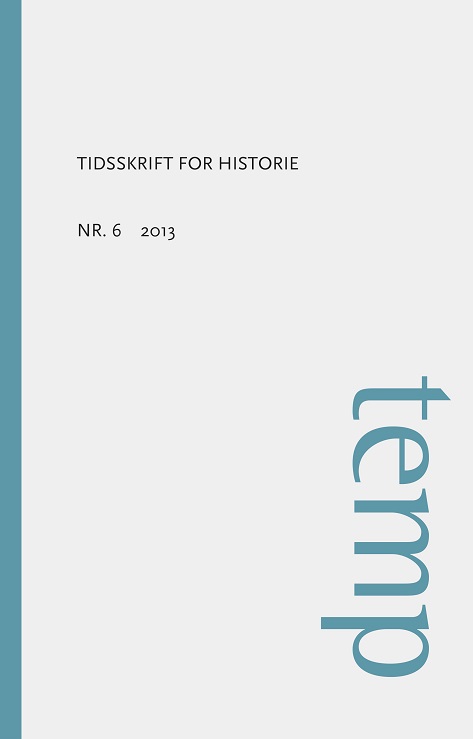CLIFF TIL BRATISLAVA! ROCK, POP OG ANDRE VESTLIGE IMPULSER I 1960’ERNES TJEKKOSLOVAKISKE UNGDOMSKULTUR
Nøgleord:
populærkultur, Tjekkoslovakiet, Bratislava, rock, regimeResumé
ABSTRACT
Cliff to Bratislava!
Pop, Rock, and Other Western Impulses
in Czechoslovak Youth Culture of the 1960s
The article describes how ‘Western’ popular music found its way to Czechoslovakia, and how it established itself from the early 1960s as a legitimate genre marked by growing professionalization and increased access to radio and TV, record companies, festivals, etc. The political and social factors facilitating these developments are presented, and the paper argues that despite the major differences in political systems west and east of the Iron Curtain, developments in Czechoslovakia and Denmark had much in common, and that the political ‘marginality’ of rock allowed for broader social and cultural norms to influence significantly the way the authorities approached the phenomenon. The Communist regime was far from monolithic in its handling of rock and other western-inspired youth culture as documented through an analysis of statements about the phenomenon in Party documents and public media. The highly polarized approach to western culture of the 1950s was scaled back and replaced by references to universal trends. This happened among adherents as well as opponents of the new music, as the latter presented long-haired youngsters as primitive deviants violating common norms for civilized behaviour.
Downloads
Publiceret
Citation/Eksport
Nummer
Sektion
Licens
Copyright temp - tidsskrift for historie og forfatterne.
Artikler publiceret i Temp må citeres, downloades og videresendes for ikke-kommerciel brug, under forudsætning af normal akademisk reference til forfatter(e) samt tidsskrift, årgang, nummer og sider. Artiklerne må kun genudgives med eksplicit tilladelse fra forfatter(e) og tidsskriftet.





